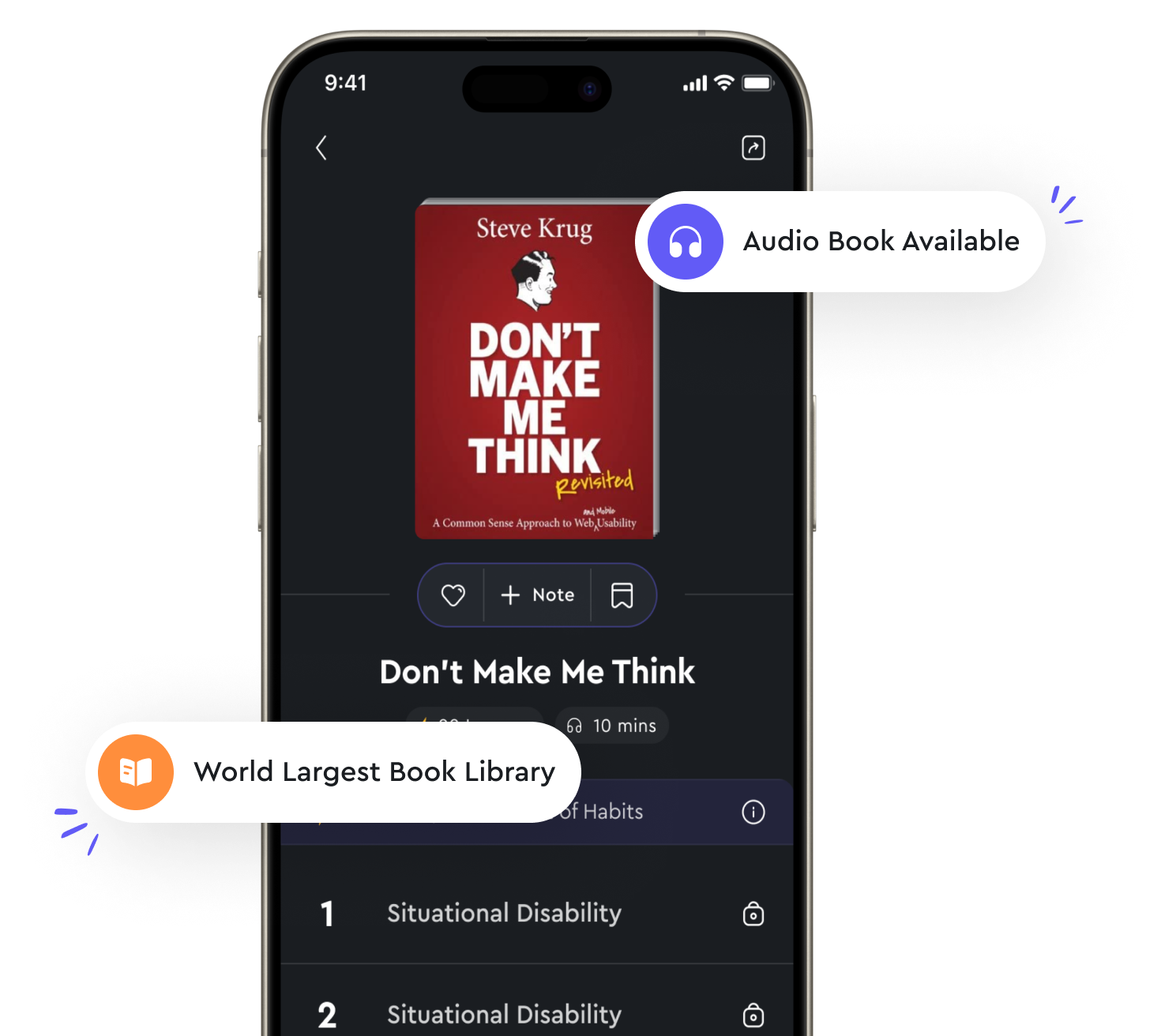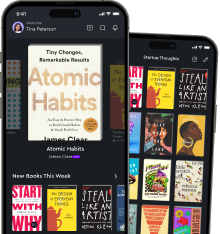Differentiate instruction to meet the needs of all students from "summary" of The First Days of School by Harry K. Wong,Rosemary Tripi Wong
Differentiating instruction is a crucial component of effective teaching. It involves tailoring lesson plans and teaching methods to address the diverse needs and abilities of all students in the classroom. By recognizing that each student is unique and may require different approaches to learning, teachers can ensure that all students have the opportunity to succeed. One way to differentiate instruction is by varying the content of lessons to accommodate different learning styles. Some students may learn best through visual aids, while others may prefer hands-on activities or auditory instruction. By incorporating a mix of teaching methods, teachers can reach a wider range of students and help them grasp new concepts more effectively. Another strategy for differentiation is to adjust the pace of instruction based on individual student needs. Some students may require more time to fully understand a concept, while others may grasp it quickly and need additional challenges to stay engaged. By offering flexible pacing, teachers can support each student at their own level and ensure that no one is left behind or held back. In addition to adapting content and pace, teachers can also differentiate instruction by providing varying levels of support and guidance. Some students may benefit from more one-on-one assistance or additional resources, while others may be able to work independently. By offering personalized support, teachers can help each student reach their full potential and feel confident in their abilities.- The goal of differentiating instruction is to create an inclusive learning environment where every student has the opportunity to thrive. By recognizing and responding to the diverse needs of all students, teachers can foster a sense of belonging and ensure that each student receives the support and guidance they need to succeed. Through thoughtful planning and flexibility, teachers can create a classroom where every student feels valued and empowered to reach their academic goals.

